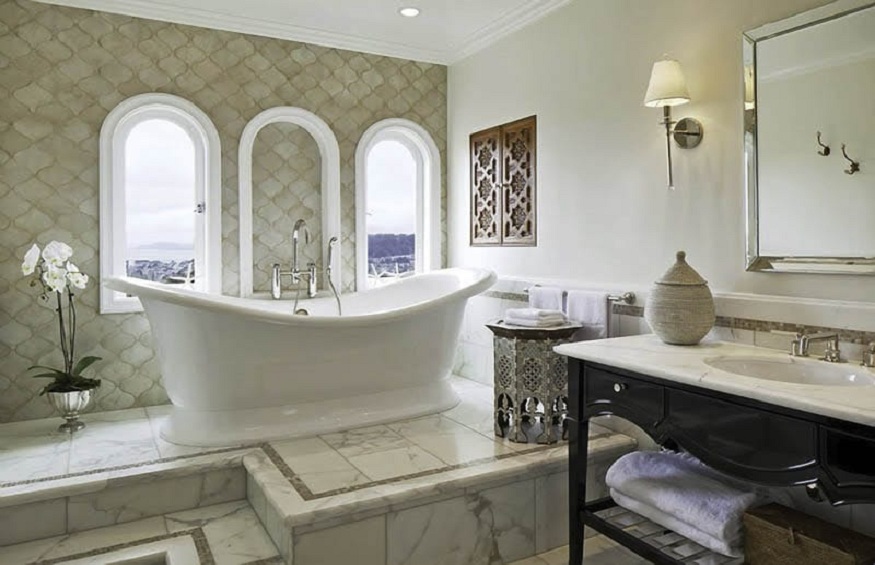As a basement waterproofing and mold removal company here in The Bay Area, we’re often called to basement leaks where we find mold infestation behind the sheet rock walls, embedded in the insulation behind it.
Many homeowners want to finish their basement and in order to do that you need to have a dry and sound basement. If you intend to install a bathroom and plumbing, I suggest finding a good bathroom remodeling contractor in the Bay Area as basement plumbing can be tricky.
So how do you properly insulate a basement?
That’s a question that begs another question. The second one is “what are you going to use your basement for?” If it’s general storage ( I’m assuming it’s already waterproofed) you may be able to get away with wall-bag insulation (generally not recommended) that reaches at least two feet below ground level.
One thing you need to make sure of is that your basement is waterproofed and water is not going to seep through your foundations and ruin your finished walls once they are installed. If you currently have water or damp issues in your basement, these need to be addressed before finishing your basement.
In certain cases, like having no access to the exterior of the foundation to repair the water leaks, an interior weeping tile system can be installed to remove water as it enters your basement, keeping your finished walls and basement dry.
However, if you’re planning a basement that’ll be used as living space, then you’re going to need to fully insulate the walls and floor. If it this was previously done inadequately, you might have to throw everything away and start afresh. In the end, it’s your choice how far to go.
In this regard, it’s relevant to mention a general tendency to tighten building regulations. We find it remarkable that some homeowners go to great expense when it comes to finishing the upstairs living spaces, yet skimp on basement basics, especially when a moldy basement can lead to extensive repairs and the loss of quality living space in the home.
Essential Principles
You need insulation that works all year round to keep your basement warm in winter, and humidity-free during summer months.
Ground temperature drops as you go deeper underground. When different wall-temperatures mingle, you get condensation that encourages mold.
Insulated panels between battens covered by a vapour barrier work great above ground where the outside temperature is consistent.
However in this instance they don’t have to counter a variety of different temperatures that combine to cause humidity and mold below ground.
The Correct Way to Insulate
We believe in doing things the correct way, and right from the beginning. You should install rigid foam insulation that comes ship-lapped, so there are no butt-joints that admit air that mingles with the inside temperature. The correct thickness is one inch on the floor, and two inches on the walls.
It’s equally important to glue the panels directly to walls and floors with the correct foam-rated adhesive, so they are not damaged during installation. Joints must be taped over, and the slightest gaps at edges filled with spray foam.
Once your basement is comprehensively insulated, you can go ahead and install studs for your decorative paneling If you believe in belts-and-braces, you could add mold-resistant drywall.
How This Works
Rigid foam creates a thermal break that’s impenetrable. You’ll find the same material in those handy coolers that keep your cans chilled without dripping condensation. Toilet tanks lined with rigid foam follow the same principles.
When you apply this approach to your basement insulation, you create a similar barrier. In winter the room stays warm. In summer there’s no humidity, or mold caused by the different temperature outside.
The extra price you pay up-front for this should provide a healthier environment for many years to come, and allow you to enjoy the extra living space that a dry and mold free basement provides.

